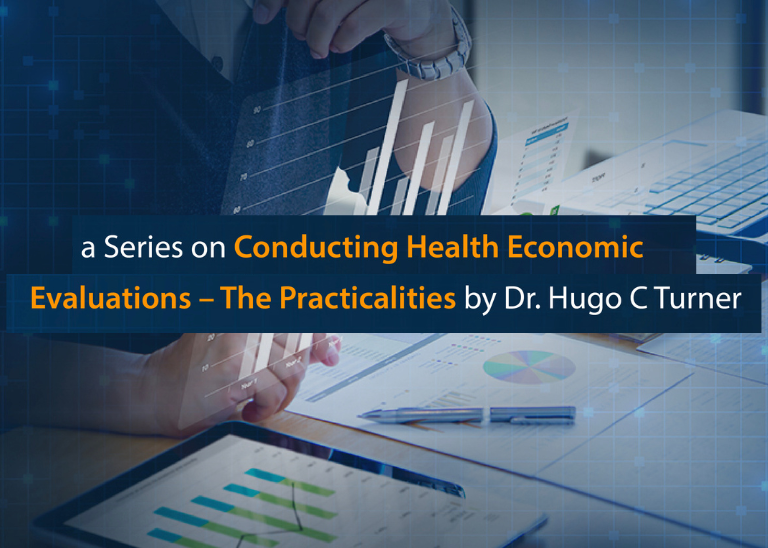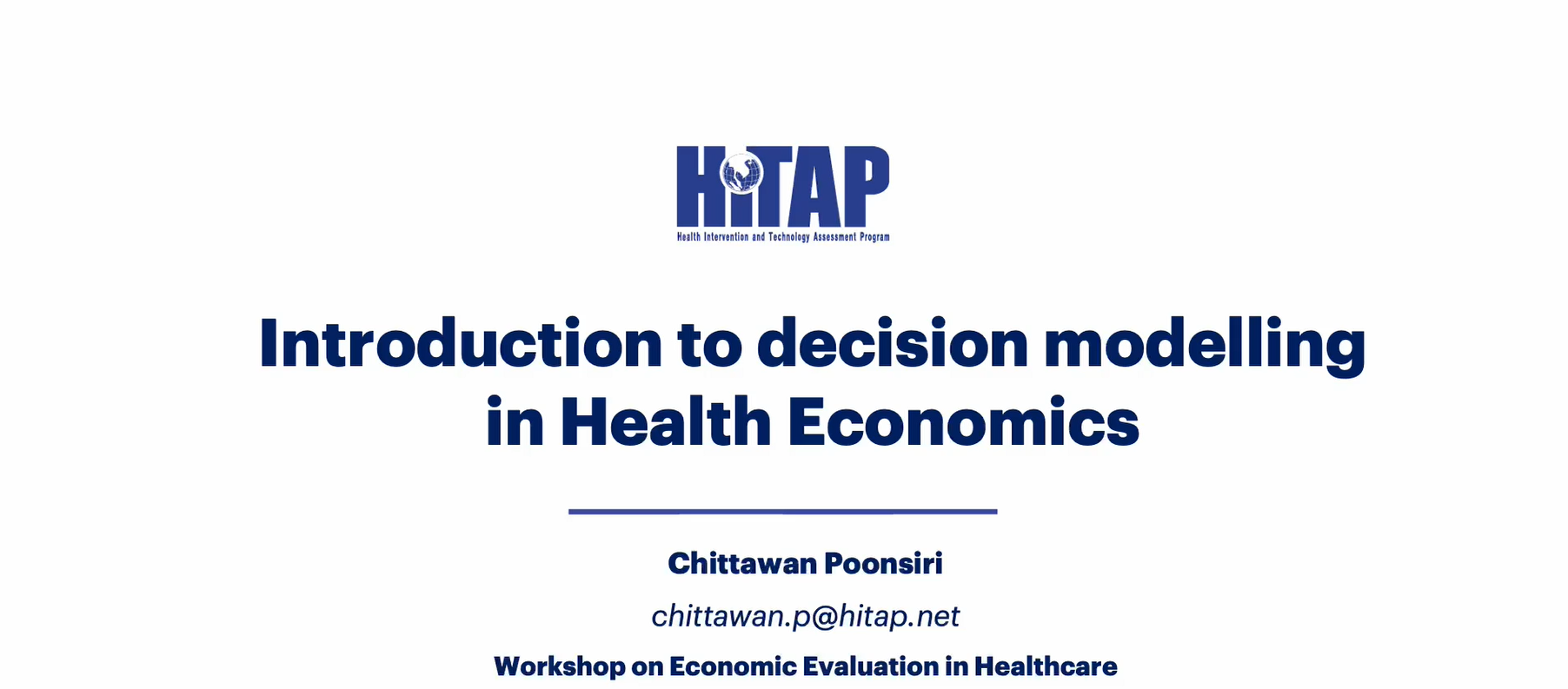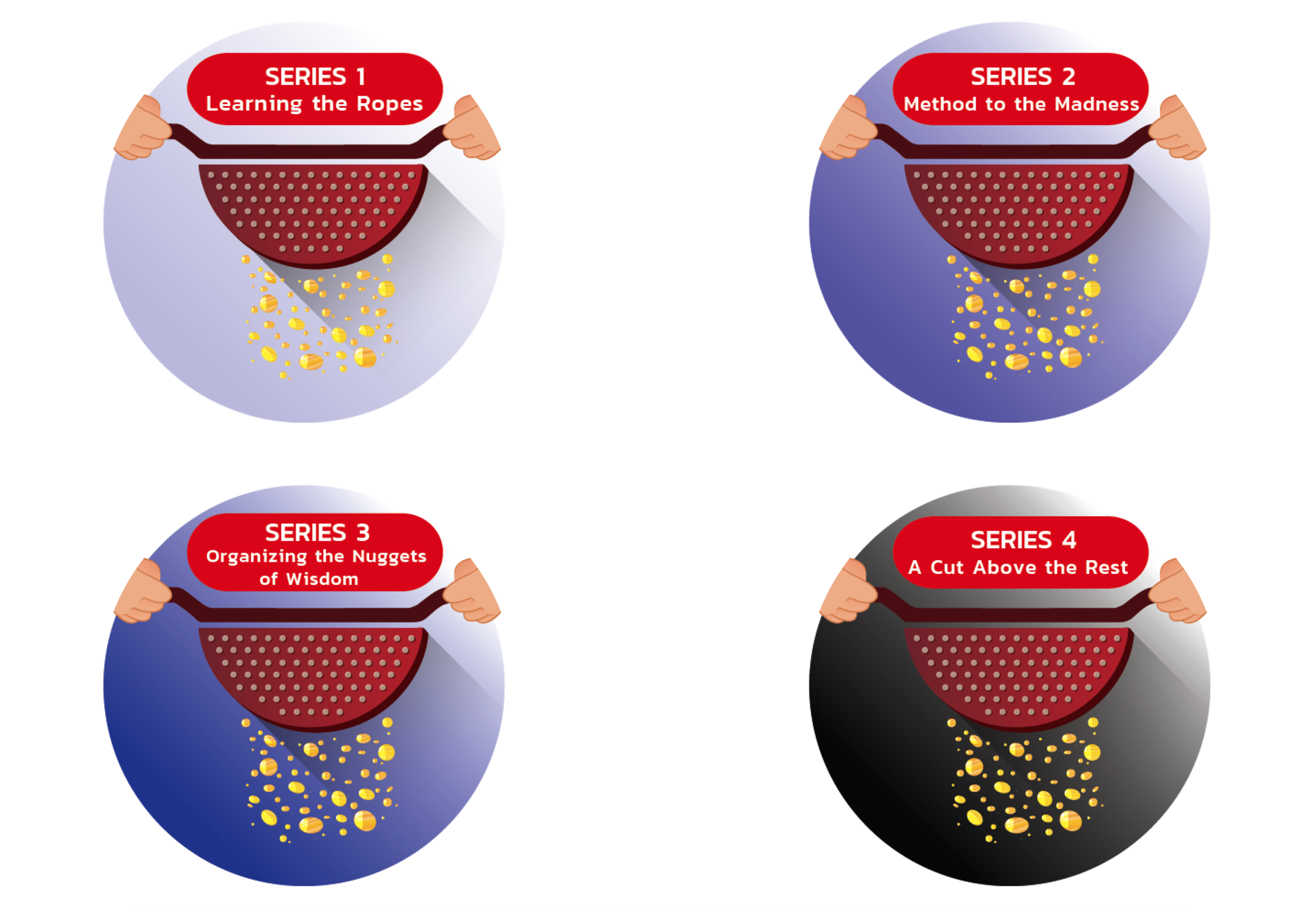Webinar on Analysing the Economics of COVID-19: Methodological Challenges and Data Gaps
COVID-19 has dominated headlines for over a year now and that doesn’t look likely to change in 2021. Health economic and epidemiological modelling has played a key and well-publicised role in informing policymaking decisions across the globe in response to the COVID-19 pandemic. These models and projections have been hugely scrutinised, in part because many countries have introduced unprecedented interventions to combat COVID-19 based on the results produced by these models.
On Thursday, 28th January 2021, HITAP hosted a webinar with two guest lecturers, Professors Anna Vassall and Mark Jit from the London School of Hygiene and Tropical Medicine (LSHTM). The focus of the webinar was to distil the key elements of the economics of COVID-19, drawing on their current research; the speakers discussed the history and current state of the economic literature for COVID-19, explained the challenges and highlighted areas for future research. The speakers also showed how the questions that decision makers were asking economists over the course of the pandemic has changed. Initially, researchers had to produce research to understand the severity of the situation (i.e. if policymakers do nothing, how bad will it be?), the focus then shifted to understanding how the impact can be mitigated in the short-term before finally shifting to more long-term planning (e.g. vaccination strategies, fine-tuning interventions, addressing uncertainties in research, and potential exit strategies). The session also highlighted how the novelty of COVID-19 has required economists to amend their traditional research methodologies, for example, traditional cost-effectiveness analysis (particularly those conducted from healthcare provider perspectives) were not appropriate for the decision problems policymakers have faced this past year because the impact of COVID-19 extends far beyond the healthcare sector. Even the usual considerations for a societal perspective in cost-effectiveness analyses do not normally include the feedback loop that exists between COVID-19 incidence and interventions to reduce COVID-19 incidence and both of their impacts on economic performance. As such, researchers have had to combine macroeconomic models, with microeconomic and epidemiological models to try and reflect these interactions.
The webinar had participation from HITAP’s regional and global networks, with numerous participants joining from the HTAsiaLink and iDSI networks, as well as many others, and came from a broad range of regions (Asia-Pacific, Europe, North America and Africa) and backgrounds (civil servants, private sector, academics and non-governmental organisations). There were 155 participants registered to attend the webinar in total, and more than 120 joined the event. As this is was part of a technical webinar series, the majority of the registered participants had prior knowledge of health economics of economic modelling (133 out of 155). The webinar included discussion time, which allowed participants to ask the speakers questions and raise concerns relevant to their context.
If you would like to receive a copy of the presentation slides, please contact Praewa Kulatnam ([email protected]). Further resources related to the economics of COVID-19 can be found at http://www.c19economics.org, bringing together methods guides, modelling tools, economic publications and details of future events. Please check the HITAP website or our Twitter account to find out about upcoming webinars in this series.


